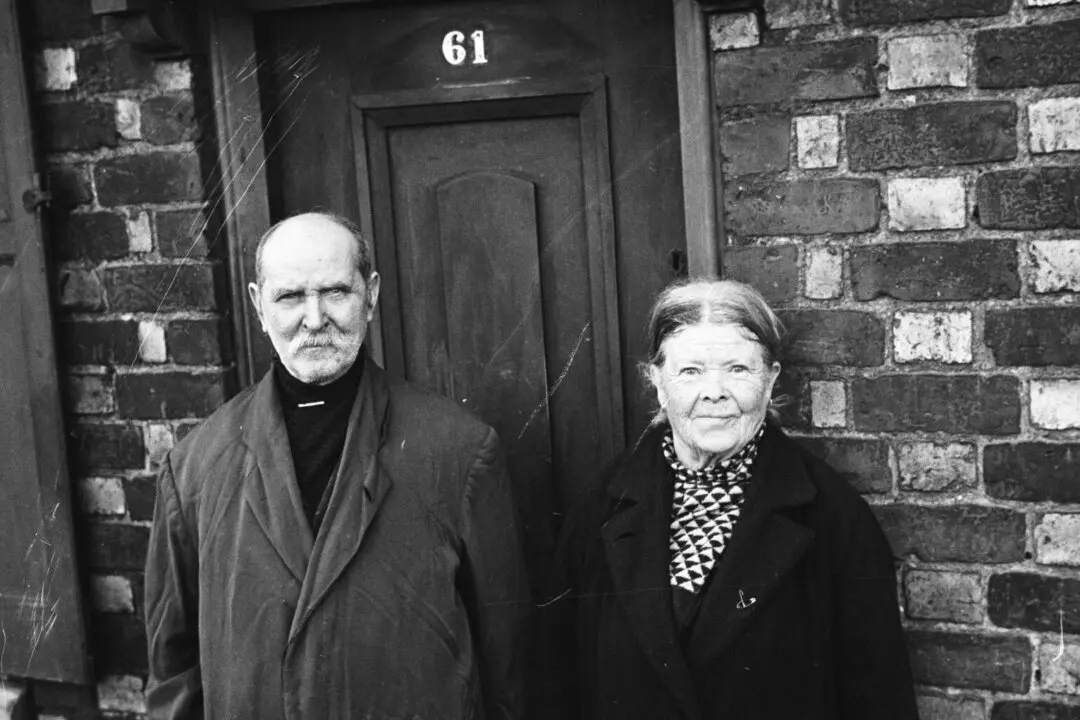Break, break, break, On thy cold gray stones, O Sea! And I would that my tongue could utter The thoughts that arise in me.
O, well for the fisherman’s boy, That he shouts with his sister at play! O, well for the sailor lad, That he sings in his boat on the bay!
And the stately ships go on To their haven under the hill; But O for the touch of a vanish'd hand, And the sound of a voice that is still!
Break, break, break At the foot of thy crags, O Sea! But the tender grace of a day that is dead Will never come back to me.
The work is an intense expression of grief and the difficulty of moving past a tragedy. Tennyson wrote another, much longer poem about Hallam’s death called “In Memoriam, A.H.H.” It takes up some of the same threads of thought as this one, but this brief lyric is a concentrated form of a sorrow, a sorrow the speaker can’t restrain. It bursts from his lips with the word “break.”How the Poem Works
The poem begins in an unexpected way, with the repeated words, “Break, break, break,” followed by an apostrophe addressed to the ocean. This opening accomplishes several things. The repeated words, with their harsh consonants, mimic the crashing of waves on rocks. Second, the repeated word “break” breaks the expected meter of the poem with three accented syllables. The poem begins suddenly, unexpectedly—like Hallam’s death. The poem doesn’t settle into its regular meter—iambic trimeter with some tetrameter—until the second line. Finally, the word “break” refers not just to the sea but to the speaker’s own heart, introducing the poem’s central theme.The poem’s energy derives from its internal tensions, centered around grief. These tensions take the form of a pair of key contrasts. The first exists between the poet and the sea: The sea is in a state of constant movement with the waves repeatedly smashing against the rocks, while the speaker is in a static state, almost paralyzed with grief. The speaker of the poem struggles to grieve properly, to even articulate what’s inside him: “would that tongue could utter/ The thoughts that arise in me.”






